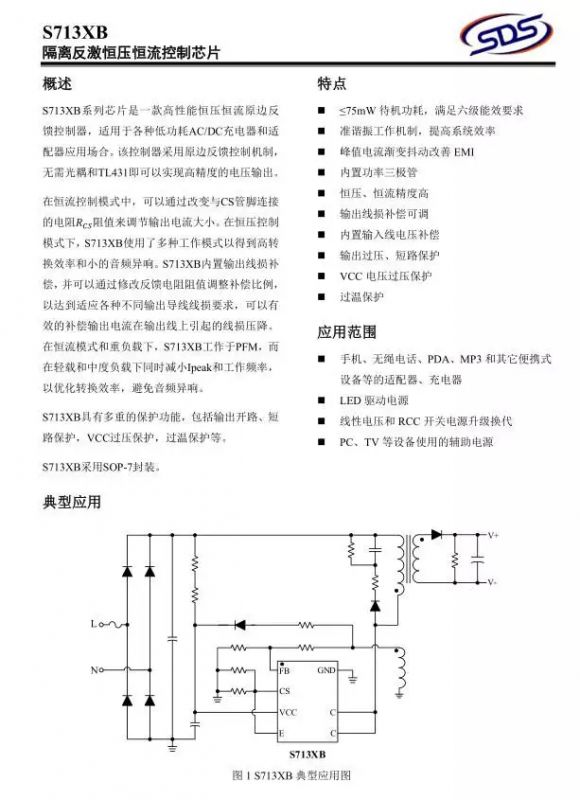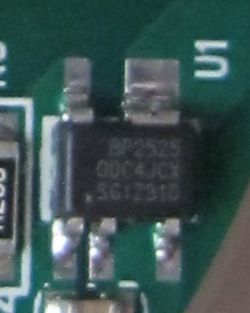Basic RMC003 US 110-220V smart plug with 10A CNHZ HZ32-1A3S-LH relay, no power monitoring, 1 blue LED and 1 button.
Access was relatively easy - crushed the outer casing in a rubber-lined vice, just below the join rim, until there's cracking of the glue and gaps form for a spudger to then be inserted to complete the job.
Pics:

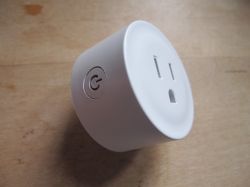
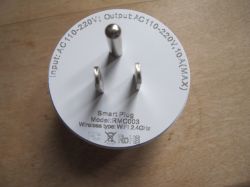
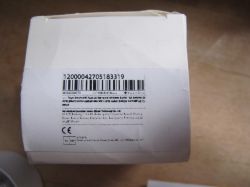
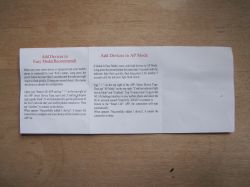
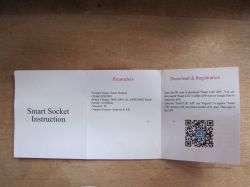
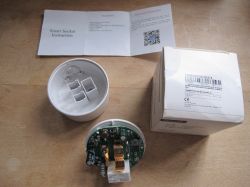
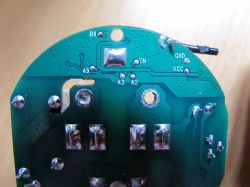


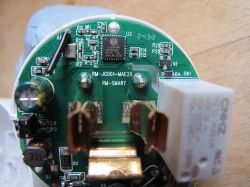
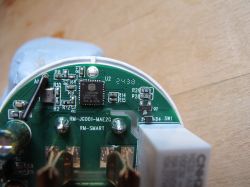

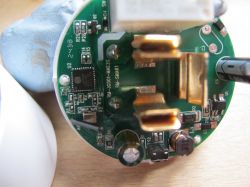
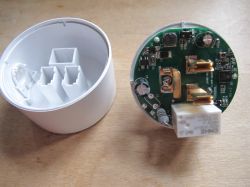
Plug was from JSPTECH store on Ali Express https://www.aliexpress.com/item/1005007884742225.html

PCB print:
RM-JG001-MAE2G
RM-SMART
The main MCU is a Lightning Semi LN882HKI -
https://www.elektroda.com/rtvforum/topic4027545.html
https://www.elektroda.com/rtvforum/topic4028087.html
https://www.elektroda.com/rtvforum/topic4032240.html
https://www.elektroda.com/rtvforum/topic4045532.html
Unfortunately the pads to capture UART boot log (B9), get into flash mode (A9 grounded) and then flash/dump (A2, A3) are inaccessible until the main PCB is de-soldered from the power pins. For me this was quite destructive, melting the plastic surrounding the pins. It had to get too hot before the solder would melt. I did mix some 63/37 pb solder in first but I guess not enough.
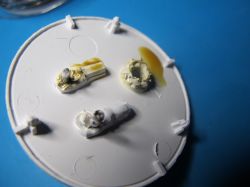

boot log @921600 baud from B9
TuyaOS SDK v3.5.4 like every other Tuya LN882H firmware we've captured to date. Version 1.0.0 - no OTA upgrade offered either, like all others.
Device schema e1k73cfg
I wrote off the power pins and made this so device could be tested on mains
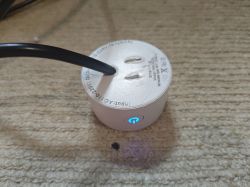
Tuya_3.5.4_RMC003_US_PLUG_(schemaID-e1k73cfg)_ONPCB_LN882H_1.0.0.bin firmware dump: https://github.com/openshwprojects/FlashDumps/tree/main/IoT/LN882H
OBK template
Access was relatively easy - crushed the outer casing in a rubber-lined vice, just below the join rim, until there's cracking of the glue and gaps form for a spudger to then be inserted to complete the job.
Pics:















Plug was from JSPTECH store on Ali Express https://www.aliexpress.com/item/1005007884742225.html

PCB print:
RM-JG001-MAE2G
RM-SMART
The main MCU is a Lightning Semi LN882HKI -
https://www.elektroda.com/rtvforum/topic4027545.html
https://www.elektroda.com/rtvforum/topic4028087.html
https://www.elektroda.com/rtvforum/topic4032240.html
https://www.elektroda.com/rtvforum/topic4045532.html
Unfortunately the pads to capture UART boot log (B9), get into flash mode (A9 grounded) and then flash/dump (A2, A3) are inaccessible until the main PCB is de-soldered from the power pins. For me this was quite destructive, melting the plastic surrounding the pins. It had to get too hot before the solder would melt. I did mix some 63/37 pb solder in first but I guess not enough.


boot log @921600 baud from B9
Code: Text
TuyaOS SDK v3.5.4 like every other Tuya LN882H firmware we've captured to date. Version 1.0.0 - no OTA upgrade offered either, like all others.
Code: Text
Device schema e1k73cfg
I wrote off the power pins and made this so device could be tested on mains

Tuya_3.5.4_RMC003_US_PLUG_(schemaID-e1k73cfg)_ONPCB_LN882H_1.0.0.bin firmware dump: https://github.com/openshwprojects/FlashDumps/tree/main/IoT/LN882H
OBK template
Code: JSON







